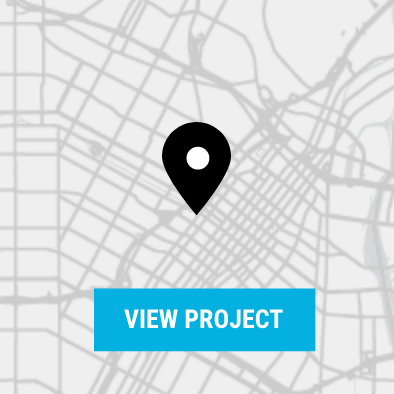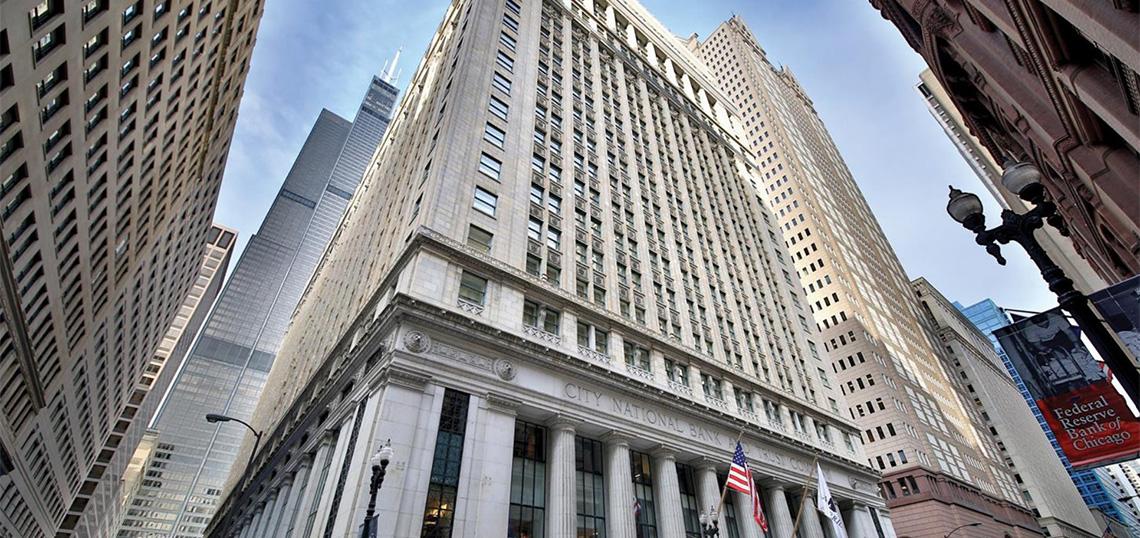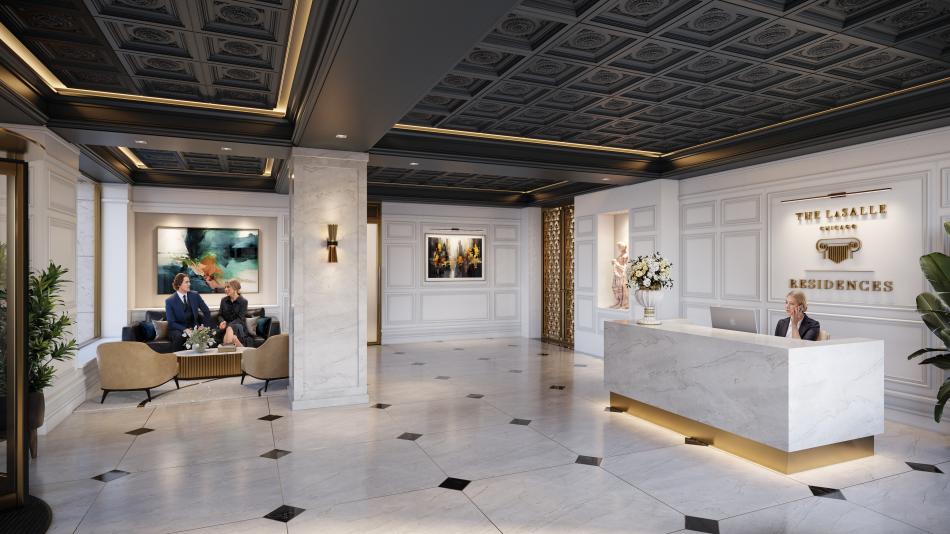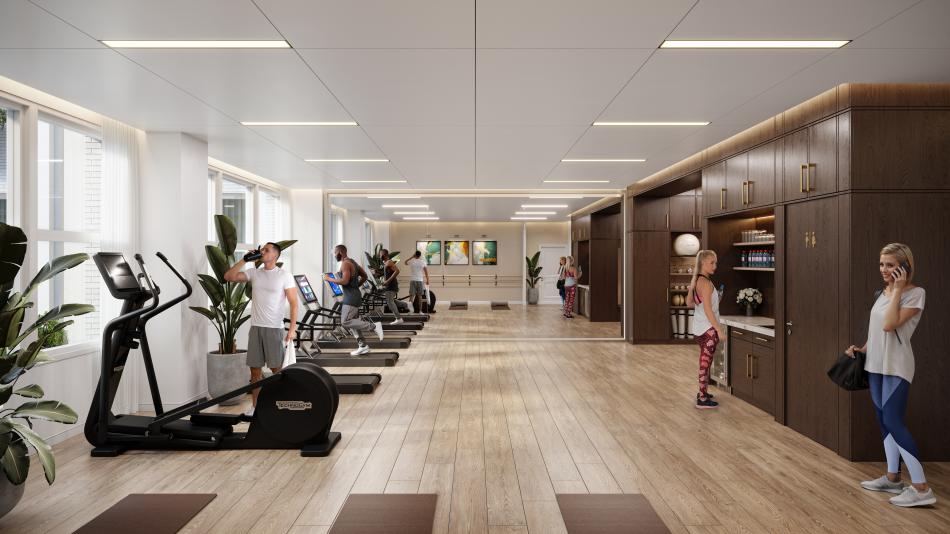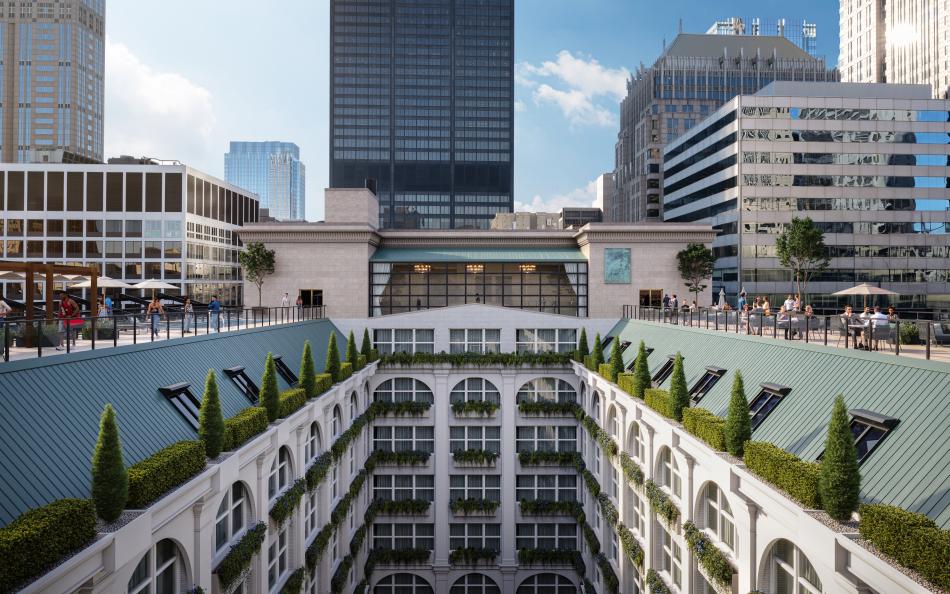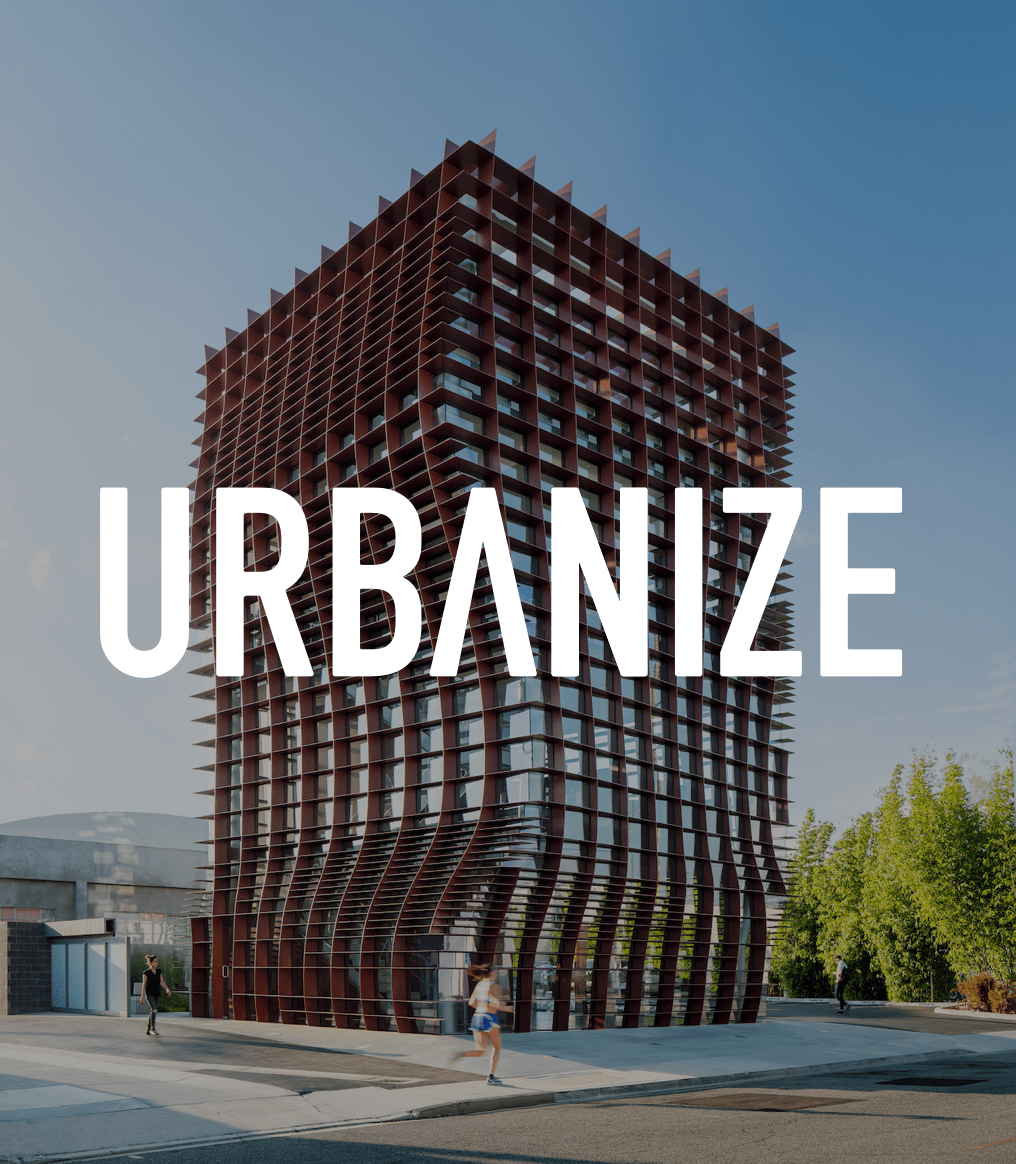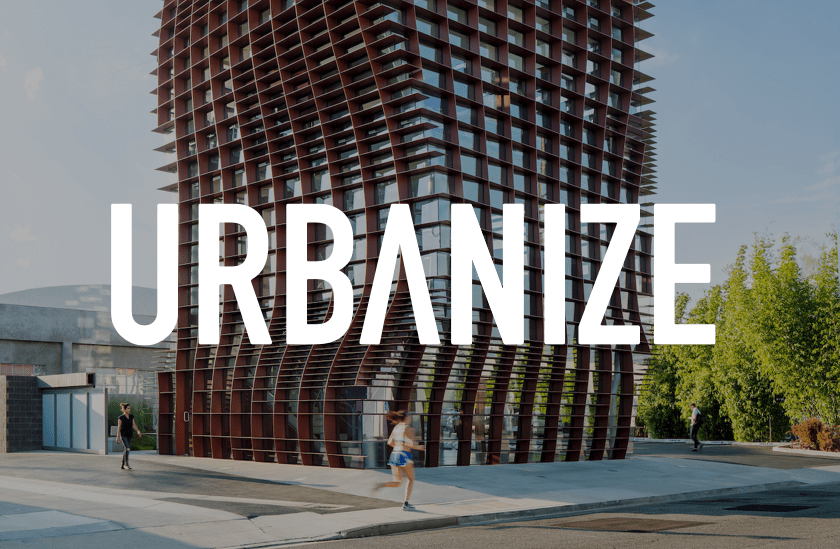The Chicago City Council has approved $26 million in TIF funding for The LaSalle Residences, an office-to-residential adaptive reuse project at 208 S. LaSalle. Planned by The Prime Group, the 21-story building was Burnham’s last design before he died, built in 1914 for the Continental and Commercial National Bank. The Prime Group has already converted the lower 12 floors into a JW Marriott Hotel and opened floors 18-22 as The LaSalle Hotel with 232 keys in 2022.
Completed in 1914, the historic 1.2 million-square-foot, 22-story building at 208 S. LaSalle St. was initially designed by world-famous Chicago architect D.H. Burnham & Co. in the Classical Revival style for the Continental and Commercial National Bank. The property was listed on the National Register of Historic Places and designated a Chicago Landmark in 2007.
As part of the plan, roughly 222,500 square feet of office space on floors 13 to 16 will be repurposed into 168 apartments, including 51 affordable units, with a unit mix of 70 studios, 69 one-beds, and 29 two-beds. The LaSalle Residences will feature a new ground-floor lobby as well as residential amenities, including a state-of-the-art fitness facility; club-inspired tenant lounge spaces supporting coworking, meetings and social events; and penthouse-level community terraces with an outdoor pool and gathering areas overlooking the historic structure’s central atrium and offering panoramic views of the Loop’s iconic skyline.
Designed by Lamar Johnson Collaborative and Lucien Lagrange, the conversion will also upgrade all older mechanical systems with modern energy-efficient equipment and replace the existing single-pane windows with high-performance insulated glass. The transit-oriented location is in the heart of Chicago’s central business district adjacent to the historic CTA Quincy station and within walking distance of other CTA stops, Metra commuter rail stations and Chicago Water Taxi service.
With City Council approval secured for financing package, the developer can turn towards moving forward with permitting and construction. Work on the $100 million project is expected to begin sometime in 2025.




